How to Improve Supply Chain Efficiency and Productivity with Visibility Data
FourKites
DECEMBER 23, 2020
When creating a strategy for improving the productivity of your supply chain, you should analyze your costs within the following four areas: Staff time. Generally speaking, inventory in the supply chain falls into one of two categories: raw materials and finished goods. 4 Supply Chain Efficiency Measures to Improve Productivity.


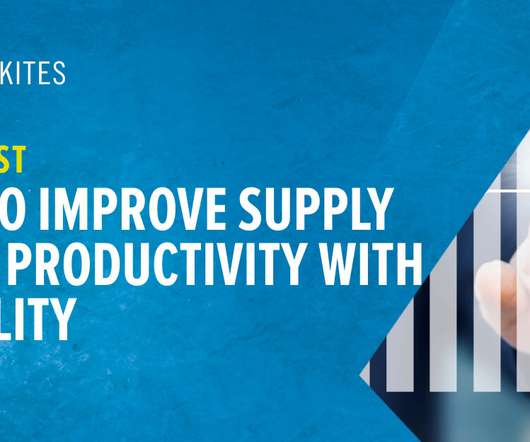

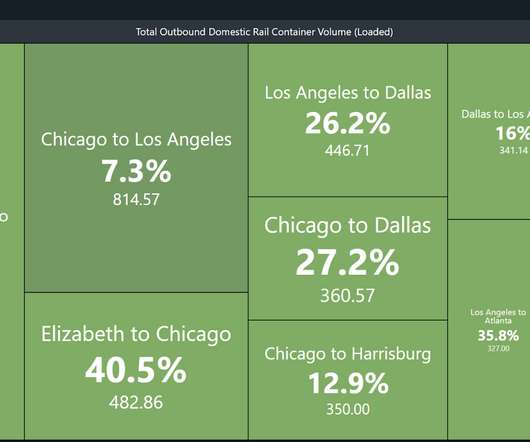



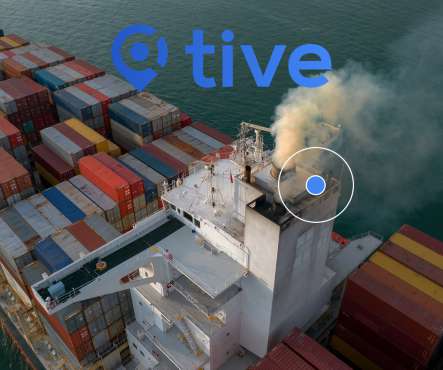




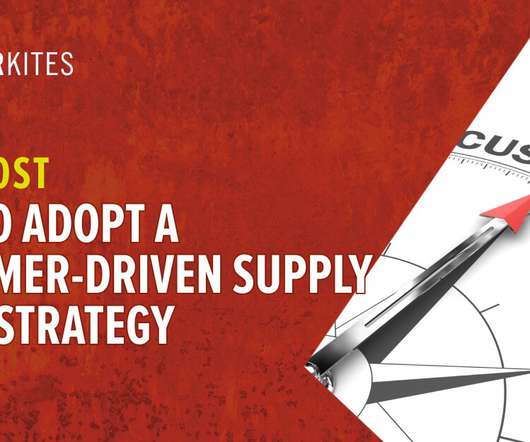


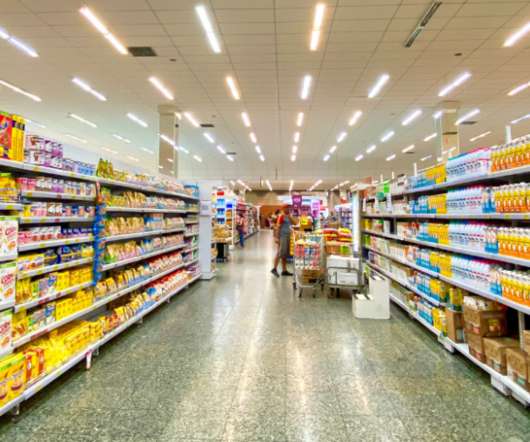





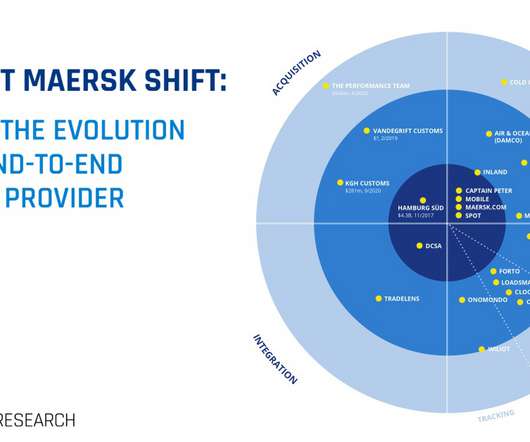











Let's personalize your content